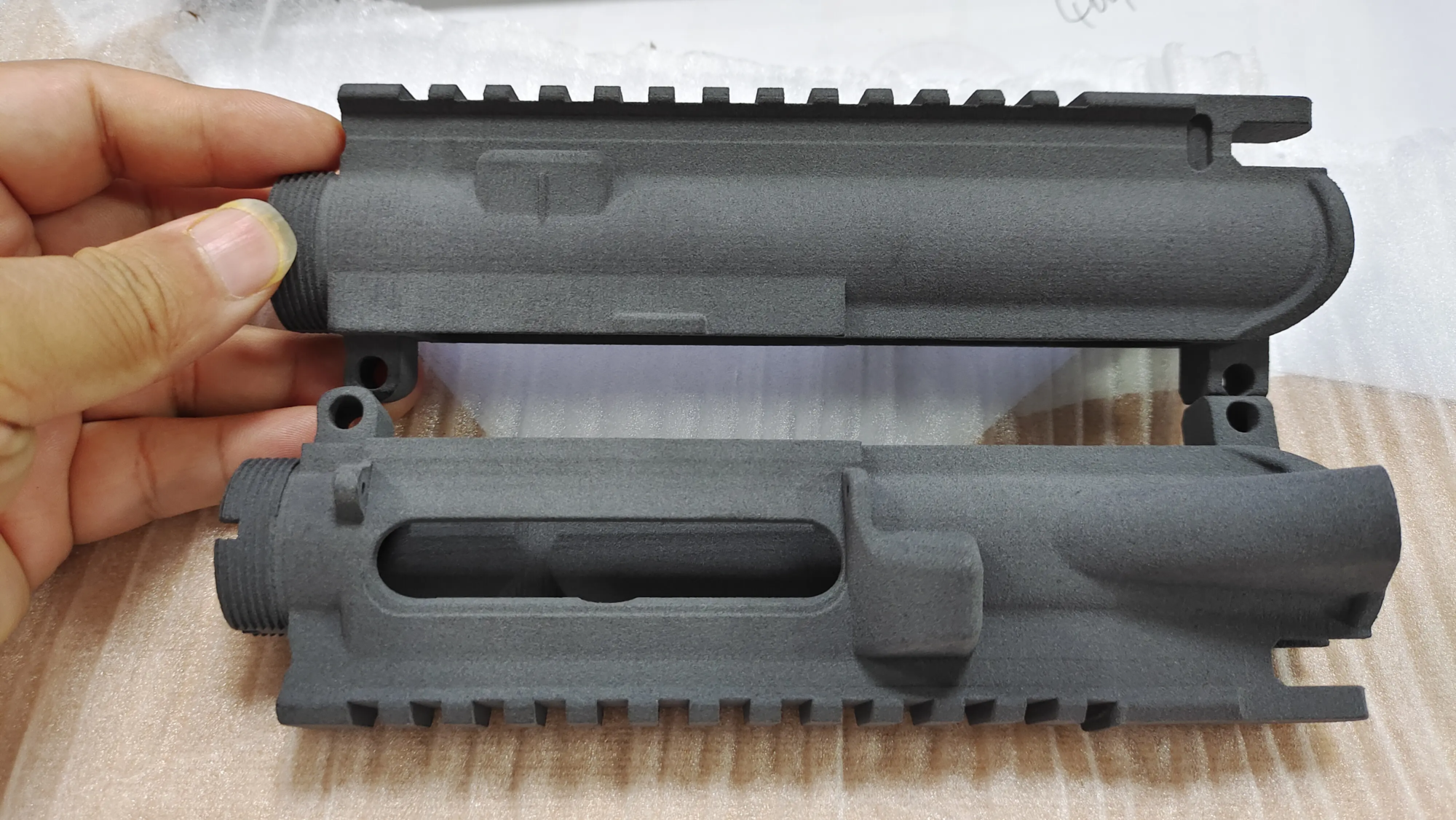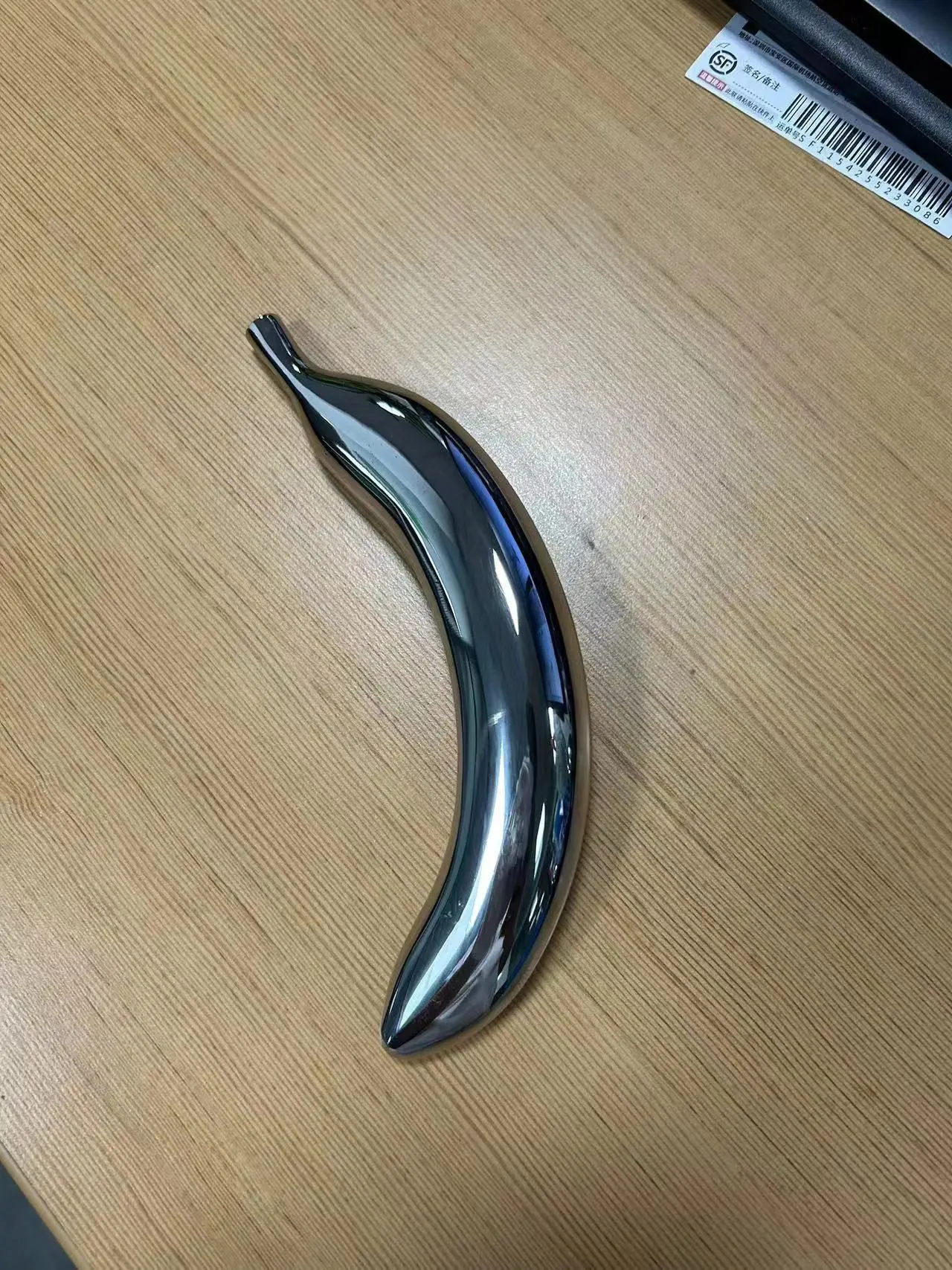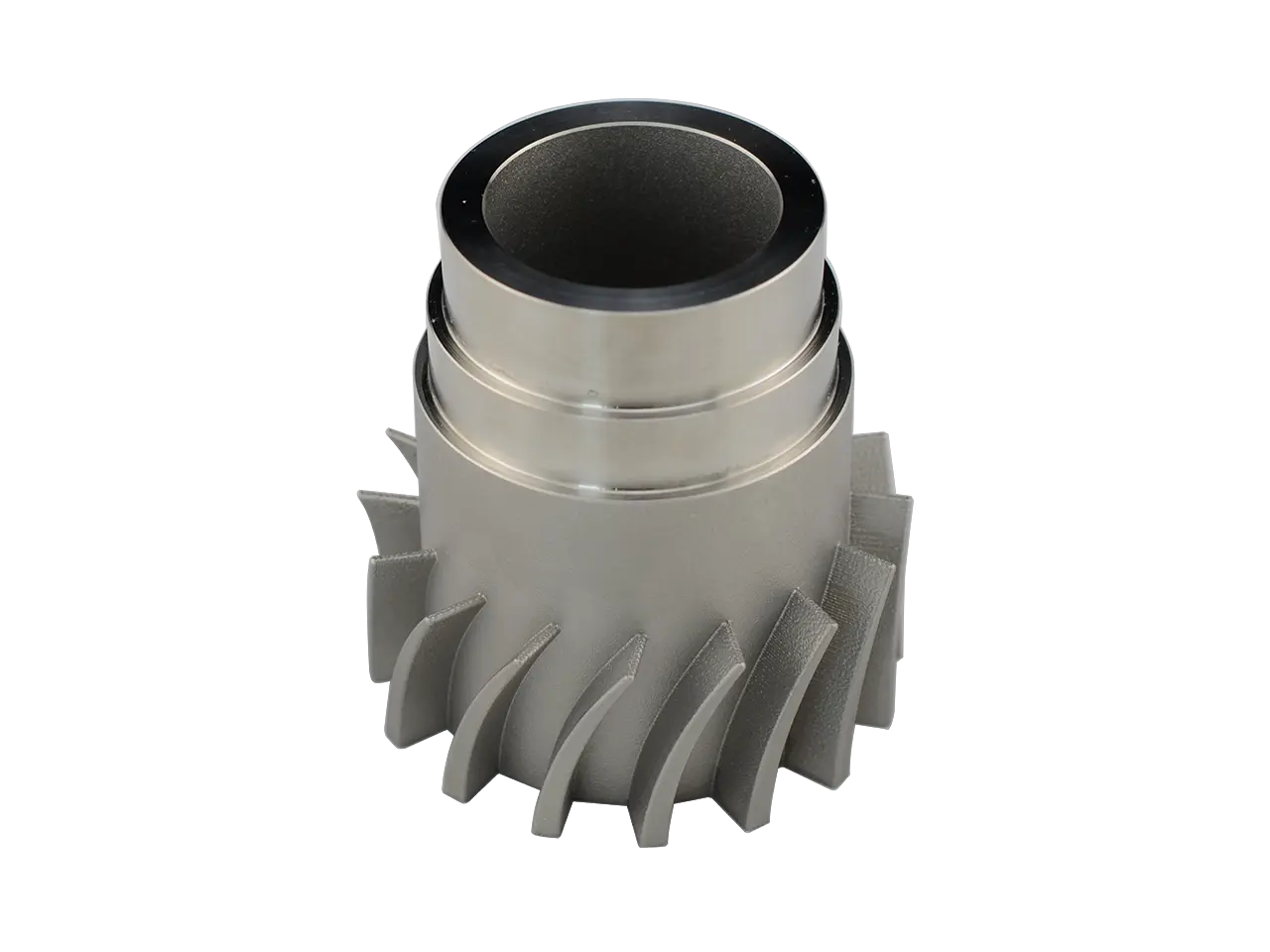The evolution of model railways: Why 3D printing changed everything
Models of railways are no longer limited to prefabricated kits and manufacturing materials. The rise of affordable 3D printers has changed hobbies, allowing enthusiasts to design custom motorcycles, intricate landscapes and custom track components with unprecedented precision. However, choosing the right 3D printer depends on balanced resolution, build quantity, material versatility, and user experience. Whether you are making plastic scenery or functional metal parts, this is a custom guide to the best choice.
The main standards for model railway 3D printers
- Accuracy and resolution: n-scale (1:160) or HO-scale (1:87) models require details such as rivets, ventilation holes or signage. High resolution (height below 0.1mm layer) is not negotiable.
- Material compatibility: Flexibility of using plastic (PLA, ABS, resin) for static models of fixing mechanisms or metals (stainless steel, aluminum).
- Construct volume: Larger layouts benefit from printers that deal with terrain panels or multi-van trains.
- Ease of use: User-friendly software and reliable calibration process save hours of troubleshooting.
Top 3D printers for model railways
1. Best for beginners and budget builds: Creality Ender 3 V2 (FDM)
- Why does it glow: Staple food for terrain, buildings and large track bed components. Its 220 x 220 x 250mm build area can accommodate a considerable diorama section, while open source firmware allows for DIY upgrades.
- solve: The layer height drops to 0.05mm, capturing realistic wood grain or brick texture.
- Material: PLA+, PETG and TPU for flexible parts such as hoses or tarp.
- Ideal: Amateurs start with a setting of <$300.
2. Best for microscopic details: Elegoo Saturn 2 (MSLA resin)
- Why does it glow: This resin printer dominates complex work – think of N-scale numbers, locomotive grilles or small signage. Monochrome LCD technology is 3-4 times faster than the old model.
- solve: 8K LCD (28.5µm XY) reproduces lace-like railings or frost window glass.
- Material: Biologically based resin mimics substances such as weathered metal or frosted glass.
- Construct volume:218 x 123 x 250mm – Enough for the entire locomotive shell or tree cluster.
- Post-processing: Isopropanol cleaning and UV curing are required.
3. Best Professional Grade Multifunctionality: PRUSA I3 MK4 (FDM)
- Why does it glow: Industry-leading reliability for printing functional parts. Its automatic calibration and Nexttruder nozzle handle engineering grade materials such as ASA or nylon are ideal for durable couplers or rail switches.
- accurate: Increased pressure and input shape reduce artifacts on curved bridges or tunnels.
- software: prusaslicer’s "Vase pattern" Create seamless water tanks or islands.
- price: Investments with low garbage worth more than US$800 and high yield output.
Beyond Plastics: When to Choose Metal 3D Printing
Although FDM and resin printers come in plastic, some models of rail components (durable gears, custom boiler accessories or weight-bearing chassis) are on-demand metal strength and heat resistance. This is Professional rapid prototyping service shine.
Rapid prototyping Bridging this gap with industrial-grade solutions:
- technology: Advanced Selective laser melting (SLM) The printer combines stainless steel, titanium or aluminum into complex load-bearing parts.
- accurate: Achieving tolerances within ±0.05mm – is crucial for interlocking components.
- Post-processing: Provides annealing, sandblasting and CNC finishes to eliminate porosity and perfect surface.
- Speed and scale: Expanded to 24 hours of bulk orders for prototypes and large numbers of orders to over 500 units.
Whether you need brass fusion steam accessories or corrosion-resistant bogie frames, services like Greatlight can make custom metal parts accessible without investing $100,000+ industrial printers.
Conclusion: Match your needs to the machine
- Casual Amateurs: Start with Creality Ender 3 V2 for a cost-effective landscape.
- Detail perfectionist: Elegoo Saturn 2 offers a museum-level microcosm.
- Technical Builder: PRUSA I3 MK4 handles advanced functional prototypes.
- Metal Master: For mechanical mechanisms or customized hardware, please contact Great For end-to-end metal prototyping and finishing.
3D printing dissolves the limits of model railways – transforming imagination into track-ready reality.
FAQ: 3D printing of model railways
Q1: Can I use a consumer 3D printer to print ready-made motorcycles?
- FDM printers can create fixed shells, but functional gears/wheels require precise resin or metal. For electric parts, use resin for static prototypes or outsourcing metal gears to services like Greatlime.
Q2: How do I copy "weathering" Texture on the model?
- Layer Adjustment: The visible layer lines are printed at a height of 0.08–0.12mm. Post-treatment, dry brushing or chemical treatment. Resin printers are good at capturing mold-like textures directly from the build board.
Q3: What is the cheapest way to produce custom metal track accessories?
- Prototyping is done using FDM and then mass production through Greatlight’s SLM service. Their massive discounts can reduce the cost of stainless steel switches or railroad woodware.
Question 4: Is resin printing safe?
- Ventilation is crucial. Use the housing with the HEPA filter and wear nitrogen-haired gloves. The resin that can be washed reduces chemical exposure.
Q5: Why choose professional metal printing instead of DIY?
- Desktop metal printers are very expensive ($50K+). Outsourcing provides material diversity, industrial accuracy and fatigue-resistant parts to rapid prototyping experts, such as Greatlight, without equipment overhead.
For enthusiasts who are eager for industrial strength metal components without industrial price tags, Great Provides end-to-end rapid prototyping – from SLM printing to handmade masterpieces. Submit your CAD design now to aerospace-grade parts by size model price.





